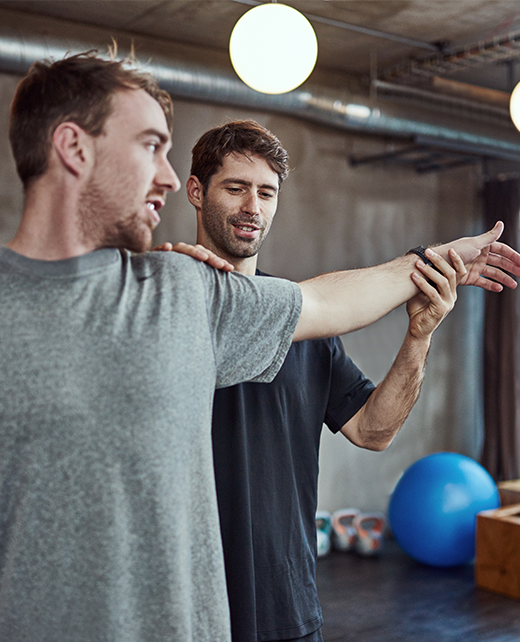Full-body assisted stretching is a fantastic way to improve flexibility and mobility. By having a partner help with certain stretches, you can deepen your range of motion and improve your overall posture. This form of stretching allows you to release muscle tightness, improve circulation, and increase joint flexibility more effectively than solo stretches.
If you’re looking to recover from an intense workout or simply improve your overall flexibility, assisted stretching is a great option. It’s important to know how to get started with assisted stretches and ensure you’re doing them correctly. Full body assisted stretching can provide many benefits when performed with proper guidance and care.
Start with communication:
Before getting into assisted stretching, it’s essential to communicate with your partner. Discuss any areas of your body that may feel tight or need extra attention. Also, establish a comfortable level of pressure. Let your partner know if any stretches cause discomfort, as it’s important to stretch safely without pushing your body too far.
Warm-up first:
Like any stretching routine, it’s vital to warm up before engaging in full-body assisted stretches. Start with light aerobic activity, such as walking or cycling, for about 5-10 minutes. This helps to get the blood flowing and prepares your muscles for deeper stretches. Warming up reduces the risk of injury and ensures that your body is more receptive to assisted stretching.
Begin with simple stretches:
When you first start, choose simple stretches that target major muscle groups like the hamstrings, quads, and lower back. One good beginner stretch is the assisted forward fold, where your partner gently pulls on your upper body while you reach for your toes. This will help stretch your back, hamstrings, and shoulders.
Focus on relaxation:
During assisted stretching, relaxation is key. Breathe deeply and slowly to relax your muscles and let your partner’s assistance help you stretch further. This will allow your muscles to release tension more effectively. Avoid tensing up, as this can hinder the benefits of the stretch.
Increase intensity gradually:
As you get more comfortable with assisted stretches, you can start to increase the intensity slightly. However, always do this gradually. Ensure that both you and your partner are mindful of your body’s limits. If a stretch feels too intense or painful, ease off and try again later.
Assisted stretching can be a good option for improving flexibility and mobility. By incorporating it into your routine, you can crack new levels of comfort and flexibility in your daily movements. Start slow, communicate with your partner, and enjoy the benefits!



